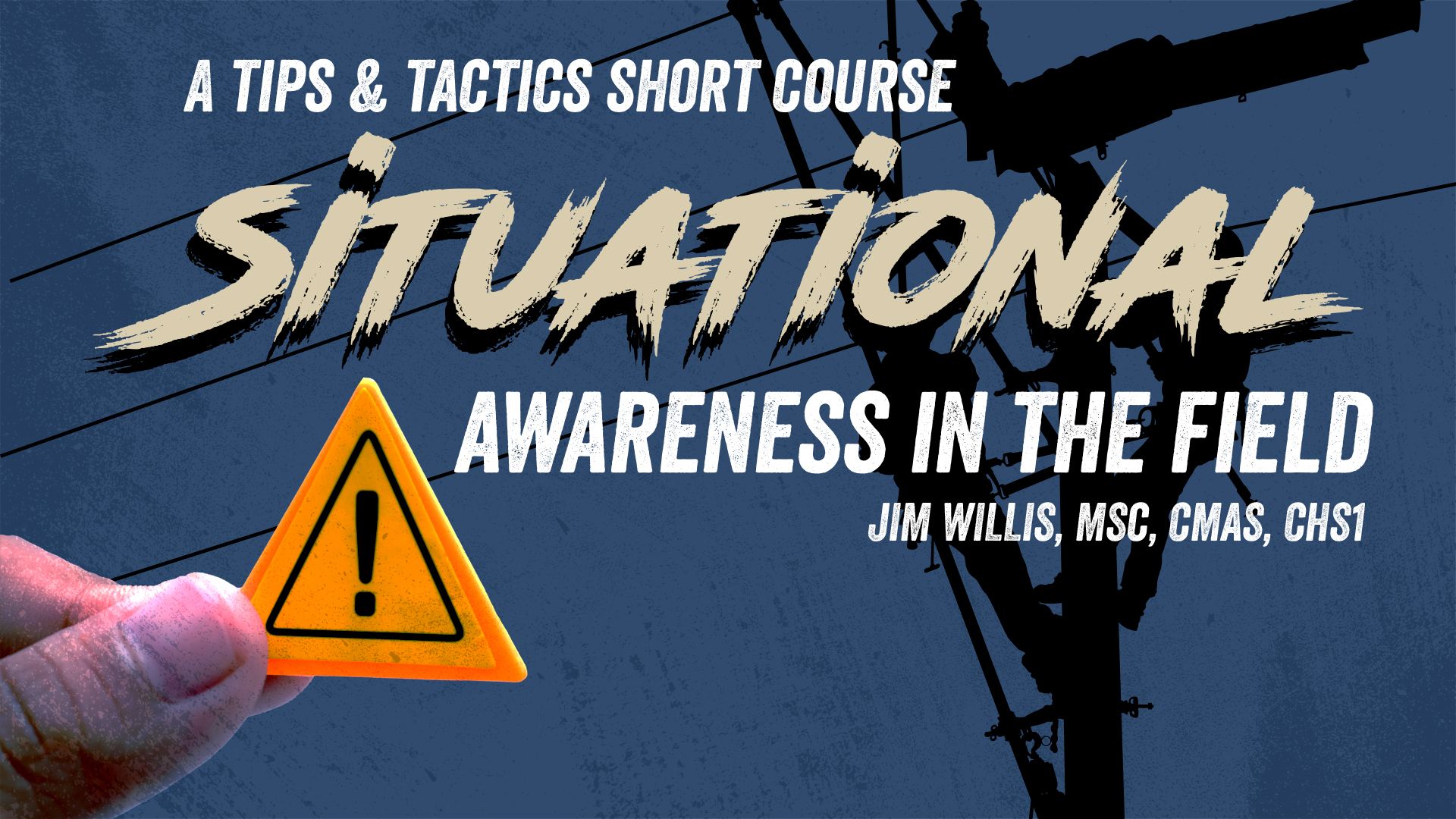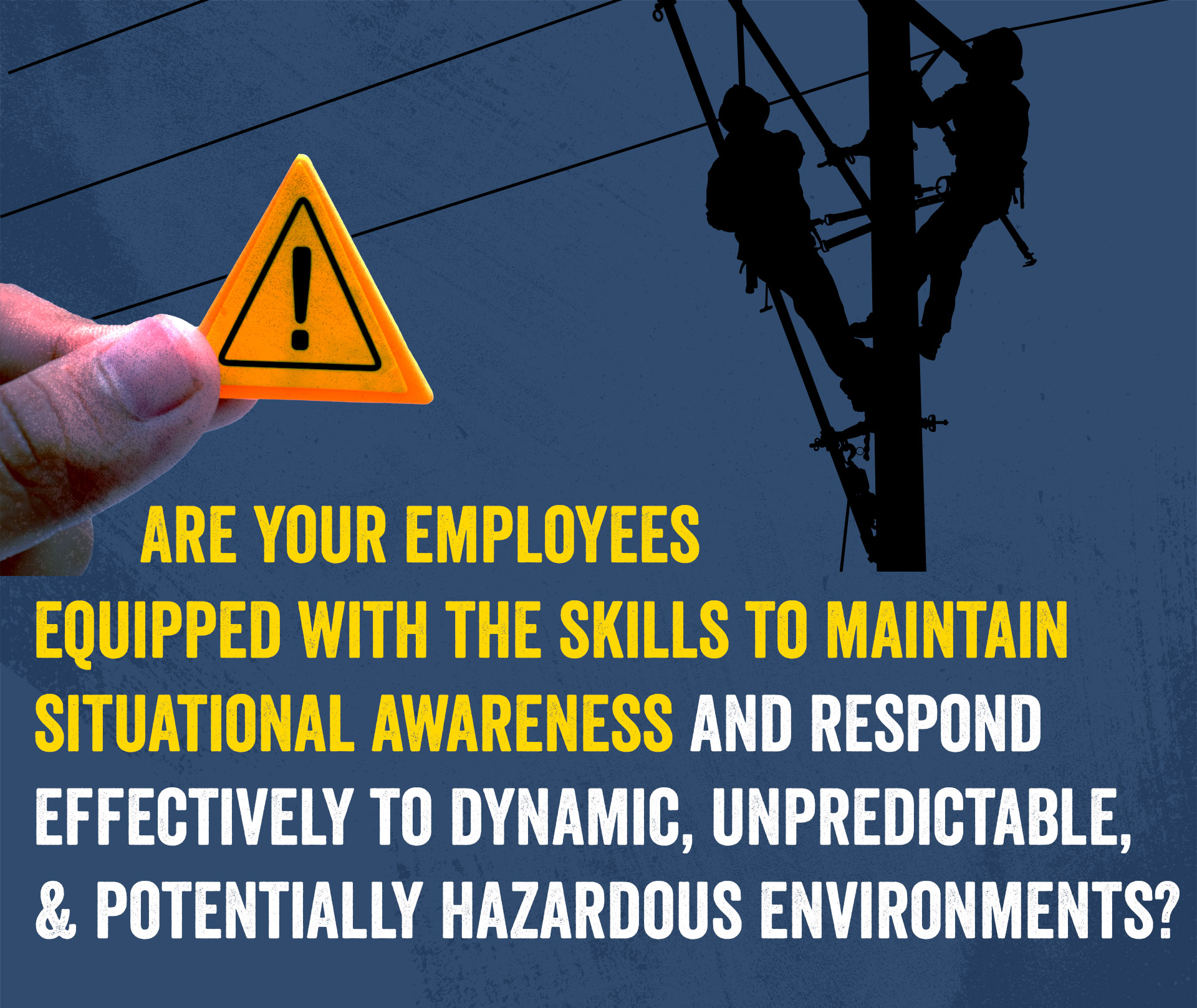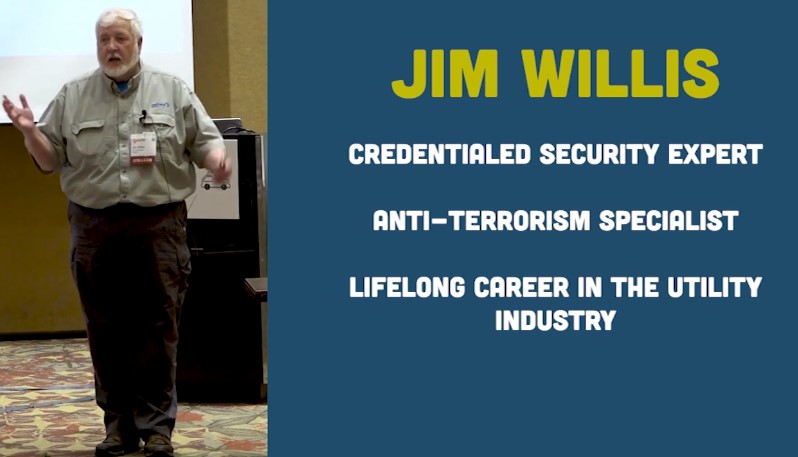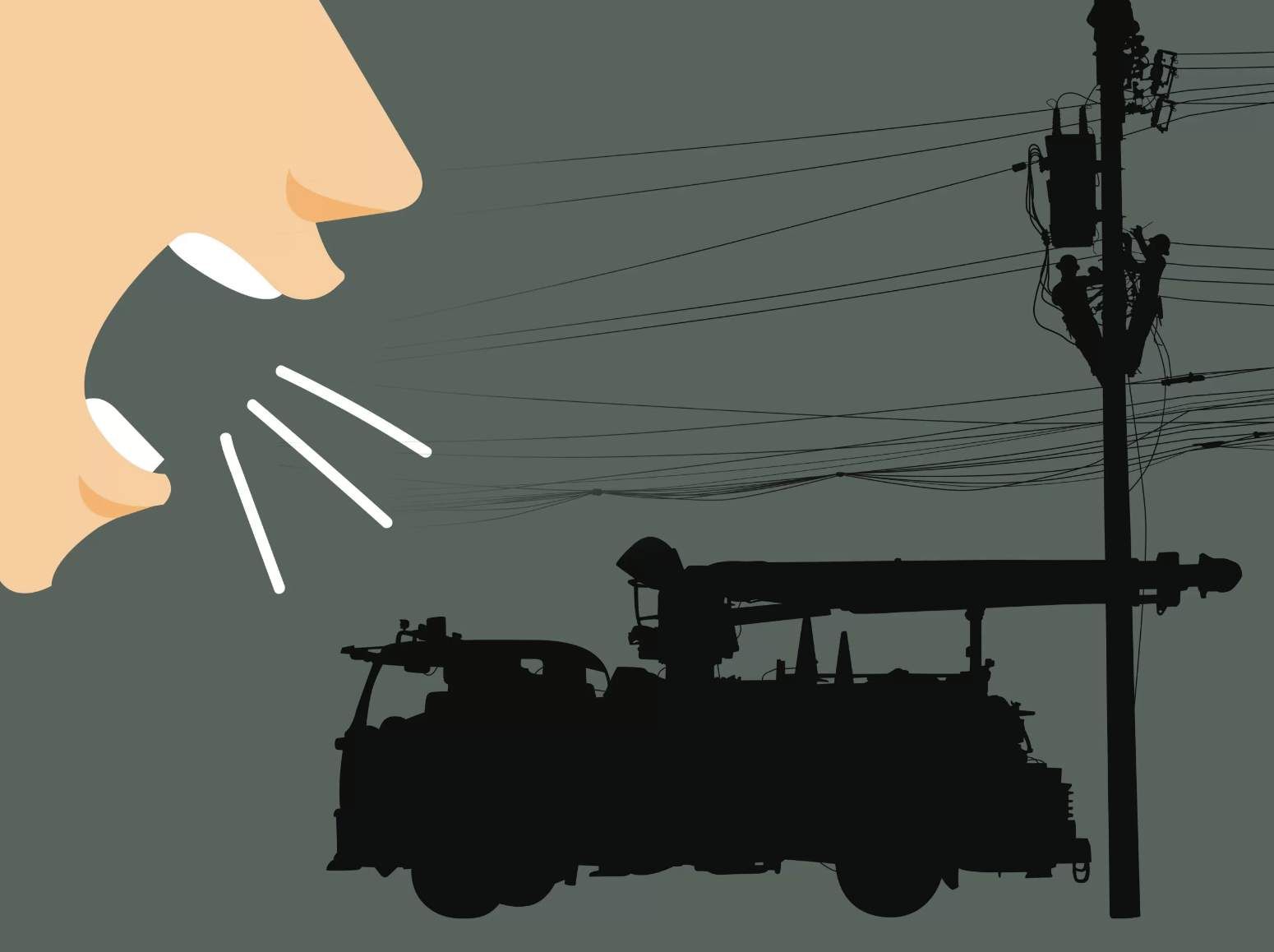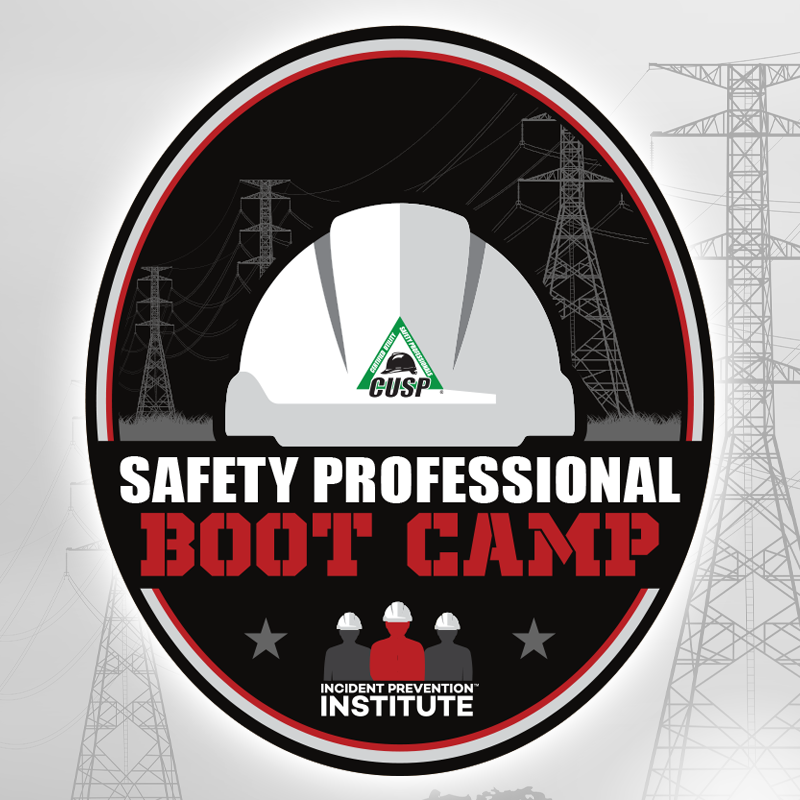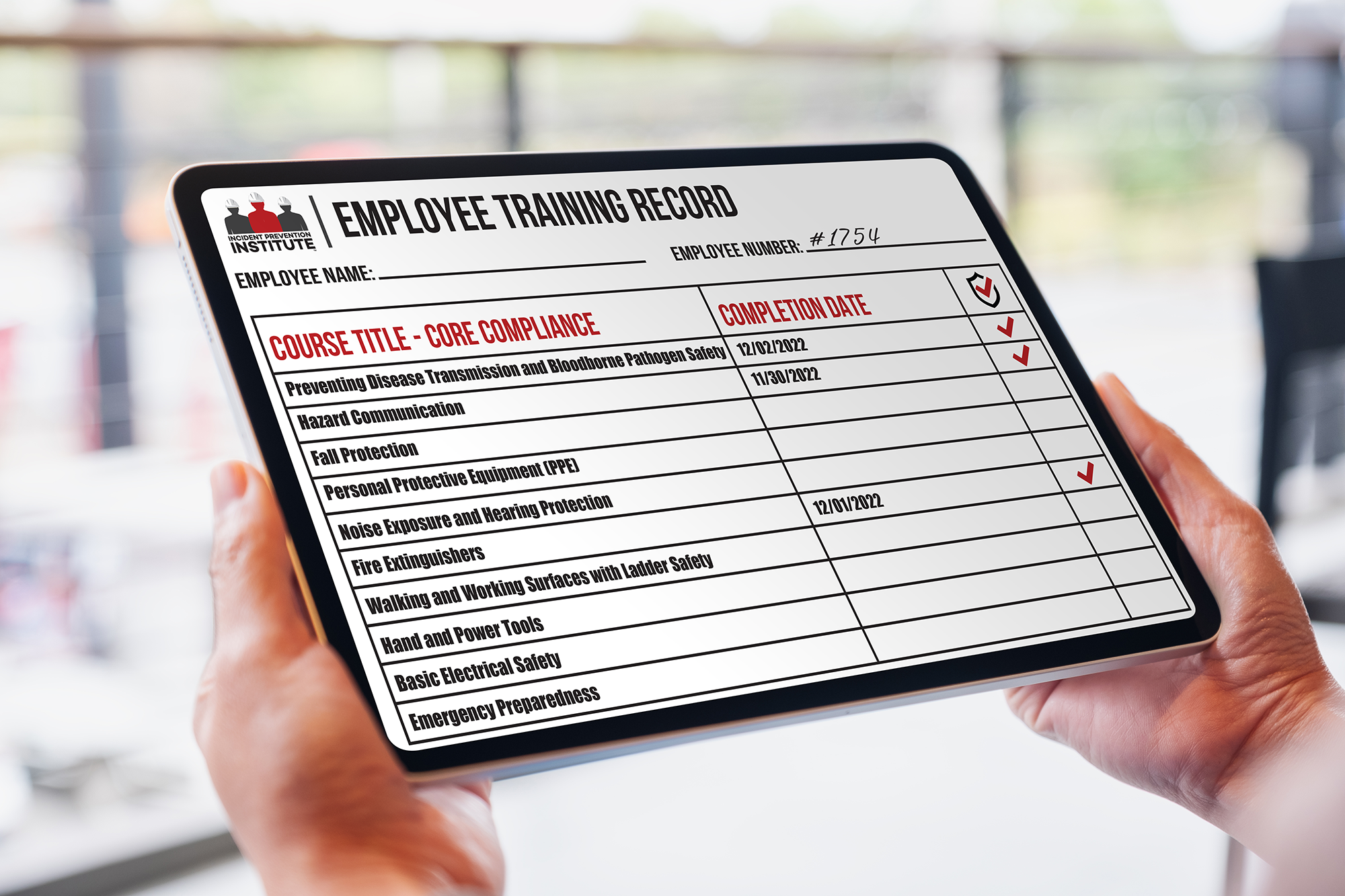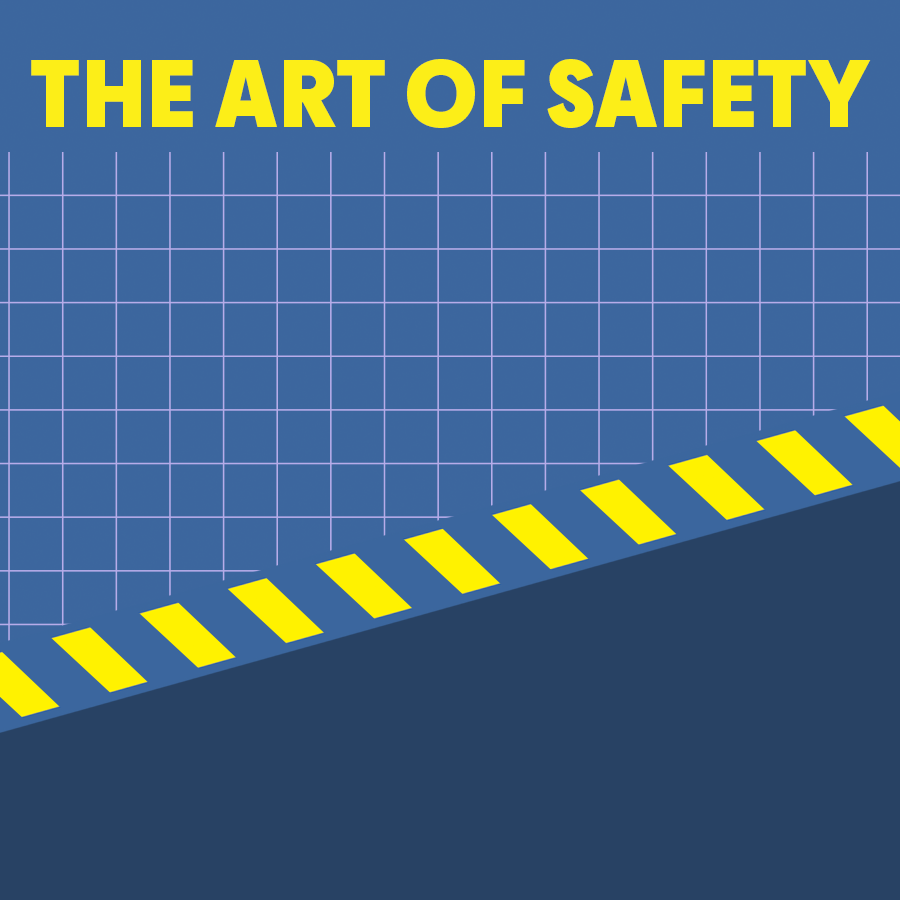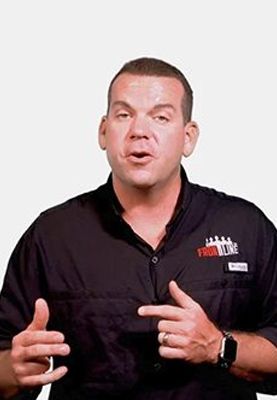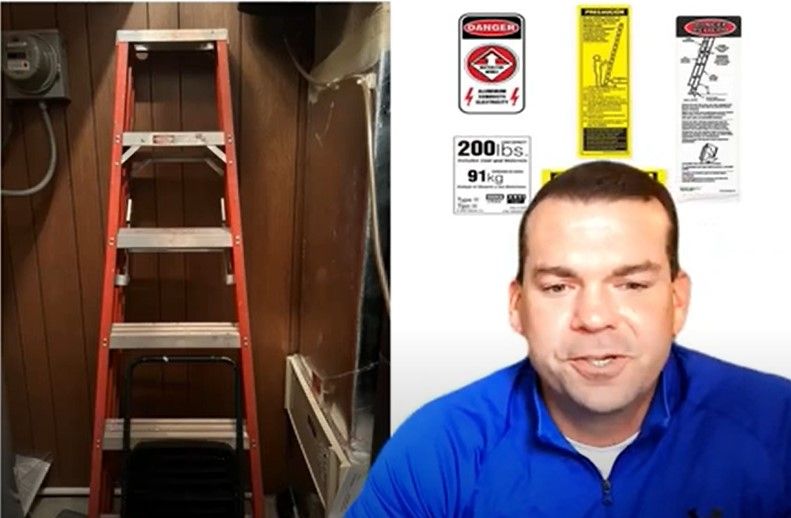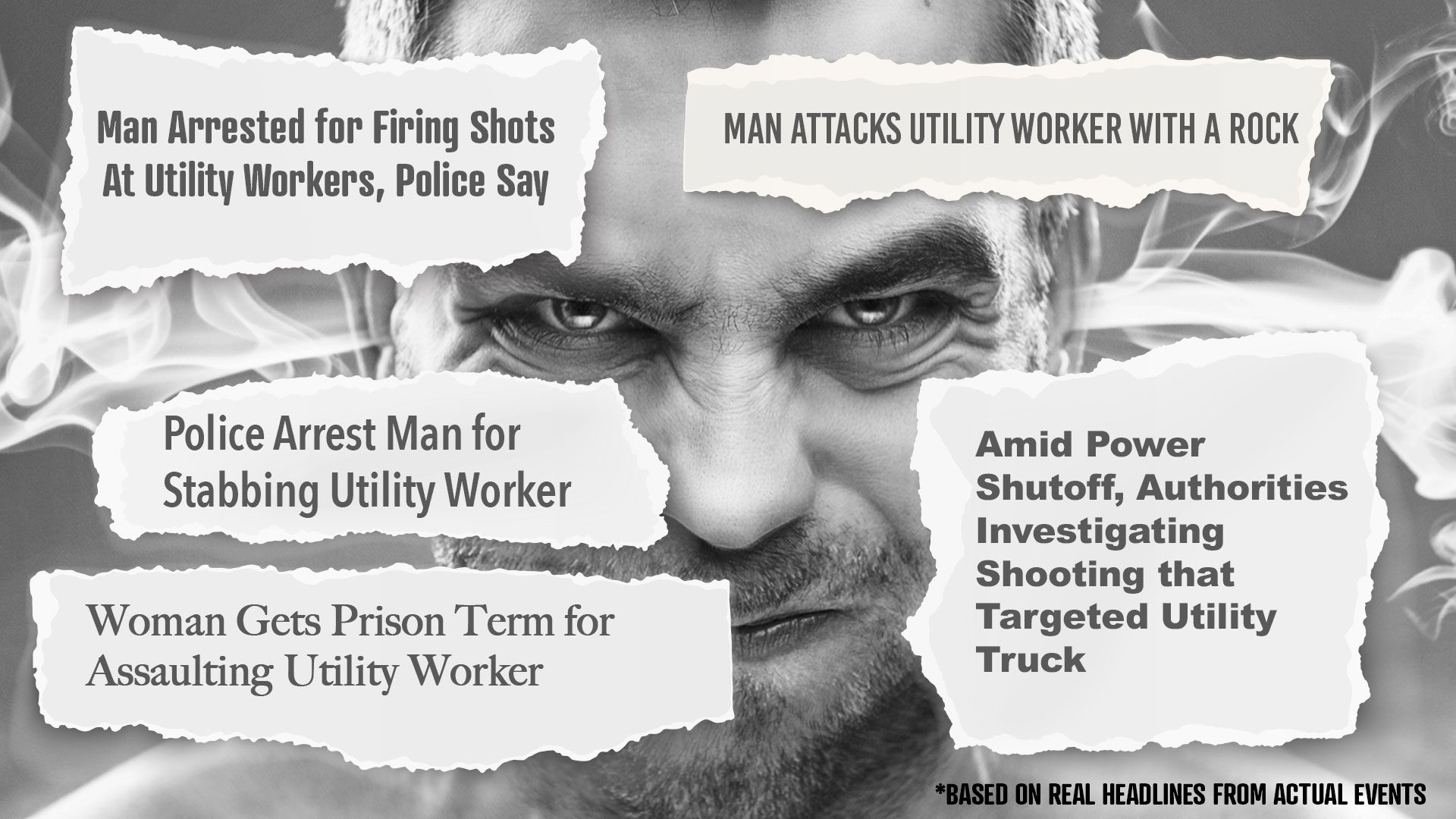Distribution Cover-Up: Enhancing Electrical Safety Through Proper Protection
Distribution Cover-Up: Enhancing Electrical Safety Through Proper Protection
Instructed By Danny Raines, CUSP
4 HOURS | 4 CUSP POINTS | $299
*Also available as a SCORM file to use on your LMS
Led by Danny Raines, CUSP – a 40-year veteran of Georgia Power, respected utility safety consultant, and contributor to Incident Prevention magazine – this engaging course provides an in-depth look at one of the most critical yet misunderstood aspects of line work: distribution cover-up.
Using real-world examples, incident case studies, regulatory context, and visual storytelling, Danny shares hard-earned lessons on how improper cover-up continues to result in fatal or catastrophic contacts, despite decades of available solutions. Participants will gain a clear understanding of OSHA regulations, the hierarchy of controls, minimum approach distances, and how proper cover-up techniques can prevent tragic outcomes. This course goes beyond compliance—equipping workers with a mindset of hazard anticipation, better decision-making, and a simplified rule for self-assessment: “Danny’s Elbow Rule.”
With humor, humility, and urgency, Danny challenges lineworkers, safety professionals, and leaders to rethink their approach to energized work—especially when it comes to face-to-ground contacts—and commit to consistent, effective cover-up practices.
Looking for group pricing? Call us Today!
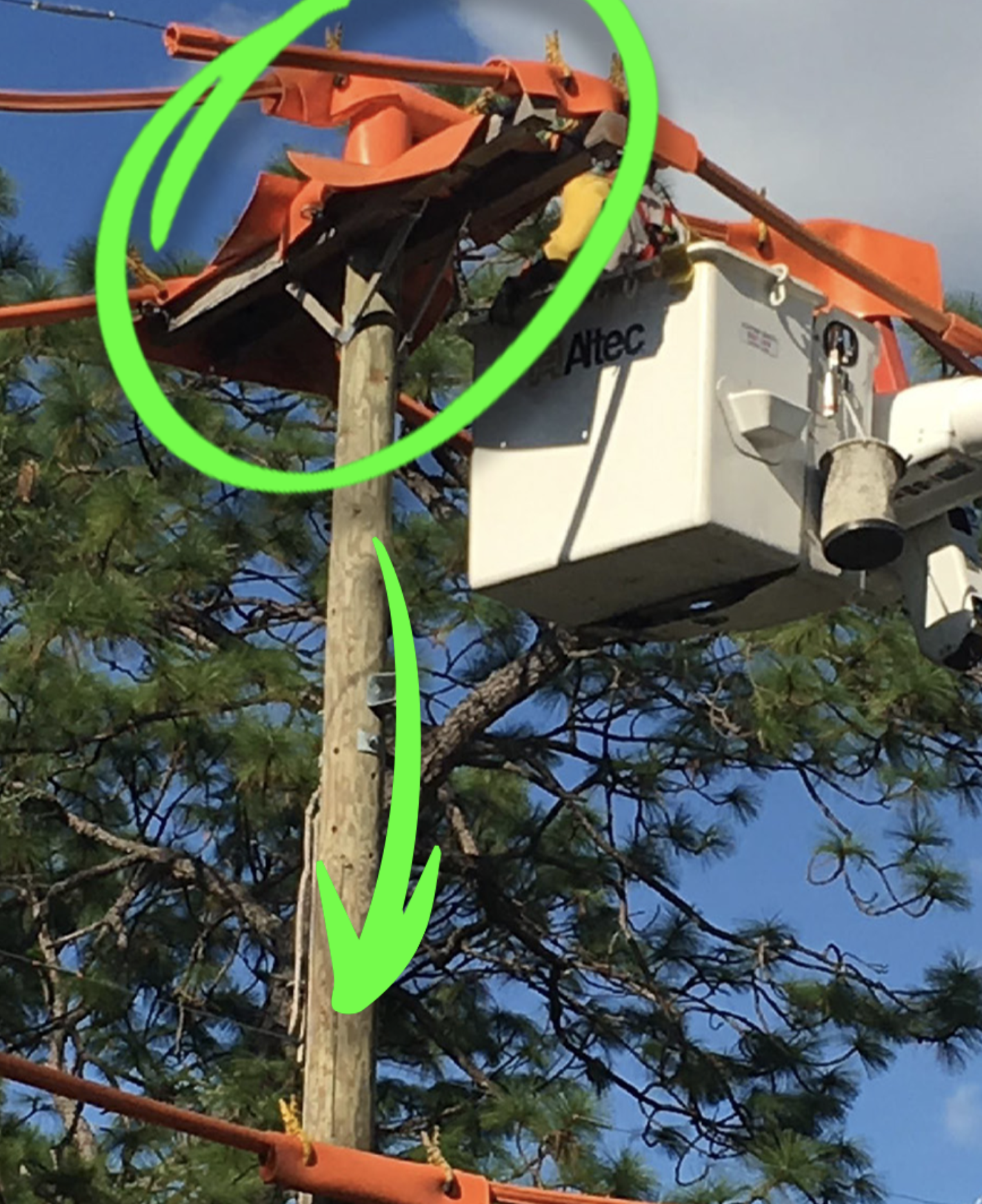
In this course you will learn these objectives when you complete the course:
-
Identify the Leading Causes of Electrical Contacts in Distribution Work
-
Differentiate Between Energized and Ground Potentials
-
Interpret OSHA 1910.269 Standards and Their Practical Implications
-
Implement the “Elbow Rule” to Evaluate Personal Safety Zones
-
Recognize Behavioral Contributors to Unsafe Cover-Up Practices
Proper cover-up is deliberate protection, not just habit. This course teaches the principles and methods needed to recognize hazards, apply effective cover, and prioritize safety on every energized job.
Learn the critical principles of safe, effective cover-up in electrical distribution work with veteran lineman and safety consultant Danny Raines, CUSP. This practical course combines real-world case studies, regulatory requirements, and proven field techniques to help lineworkers prevent face-to-ground contacts and fatalities. Participants will gain essential skills in applying cover-up correctly, understanding OSHA 1910.269 rules, and adopting safer habits to ensure everyone goes home safe every day.
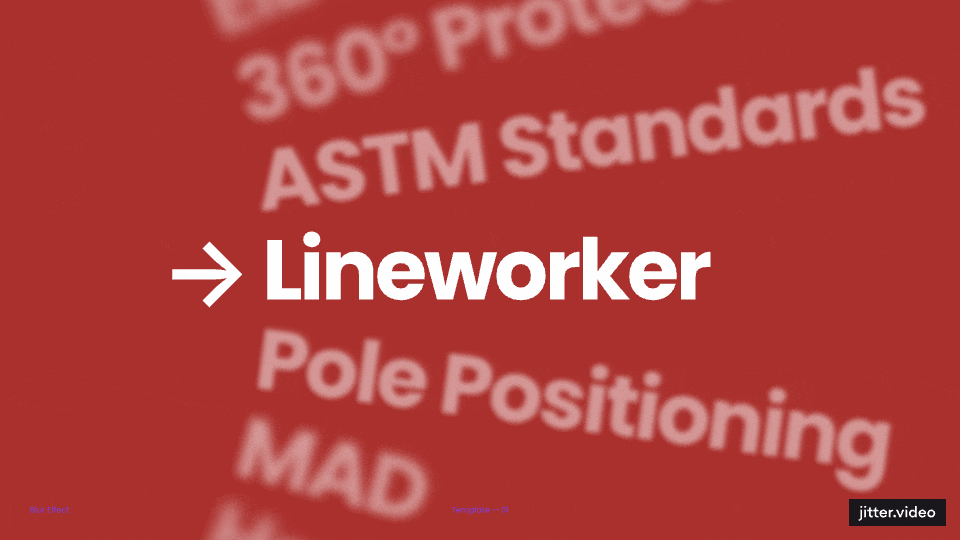
ABOUT THE PRESENTER
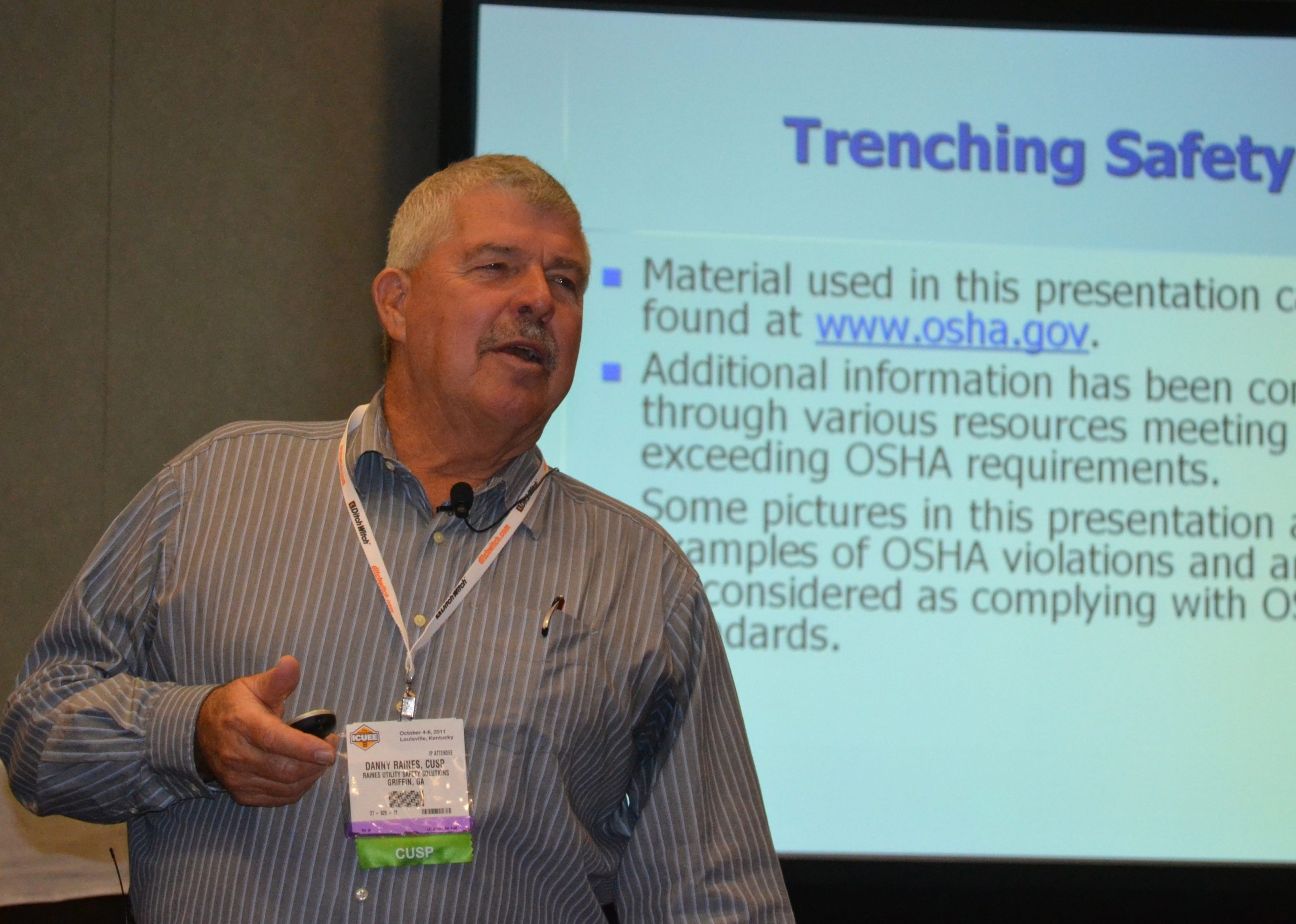
Danny Raines, CUSP
Danny retired from Georgia Power on December 1st, 2007, as the Safety Consultant for Distribution and Transmission organizations and founded Raines Utility Safety Solutions, LLC.
Danny is currently an Affiliate Instructor at Georgia Tech Research Institute in Atlanta, Ga., an electric utility Subject Matter Expert and Consultant in civil cases, supporting electrical Contractors, Co-Ops, and Municipal utility companies across the US.
The views, information, or opinions expressed during this webinar are solely those of the individuals involved and do not necessarily represent those of Utility Business Media and its employees. It is strongly recommended you discuss any actions or policy changes with your company management prior to implementation.



